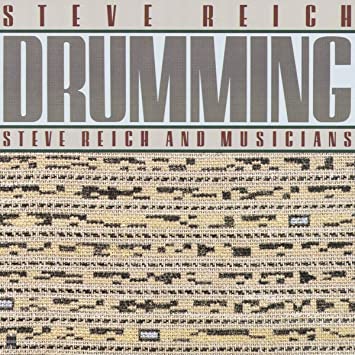
Today, mercifully, Marine is on morning duty. Most days, for the past however many weeks since we left our rabbit cage in Paris at 3 a.m. to make it to Basque country before lockdown, I’ve concentrated the full day’s energy into the first handful of hours to solo with Joachim. He’s only just reaching an age where he can be in his head for five minutes without wanting interaction, and I’m still too much my mother’s son to not always want to give him more of myself. The upshot is that even though music is playing constantly in our house, most of the time I’m too engaged in the immediate or too braindead from exhaustion—too heavily in the present or too vaporously absent—for it to carry me into other times.
You have reached your article limit
Sign up for a digital subscription and continue reading all new issues, plus our entire archives, for just $1.50/month.
Already a subscriber? Sign in




